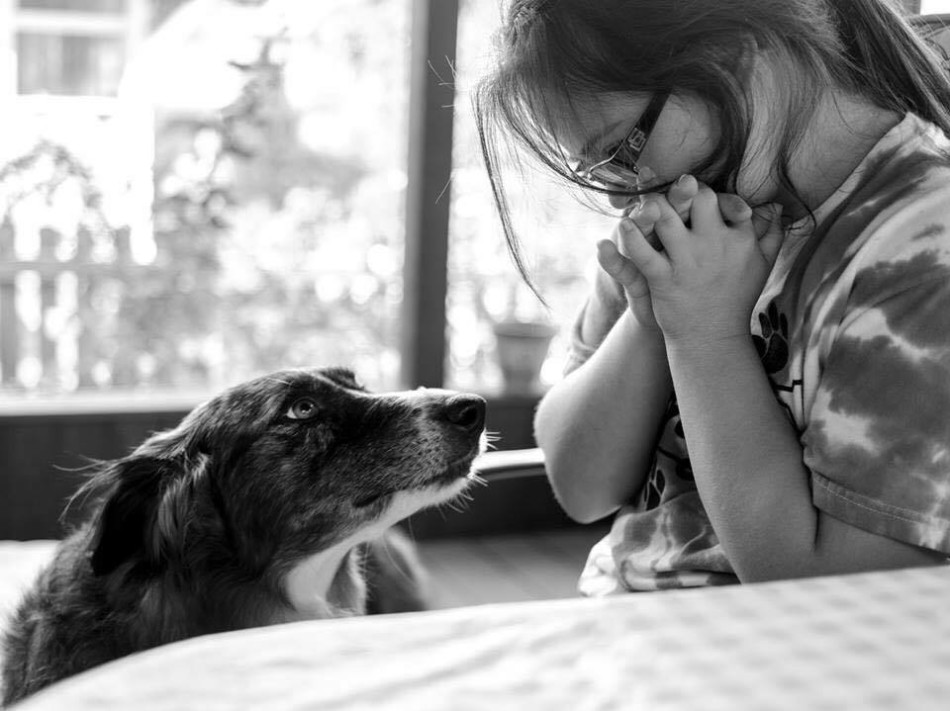Tomorrow is our Step Up for Down Syndrome Walk in Kansas City. With an expectation of about 8,000 or so folks at Arrowhead Stadium, it is also the largest Down Syndrome Walk in the world. Rachel invited her buddy Congressman Kevin Yoder, and he has let us know he will be joining us and meeting all of Rachel’s friends! I had the privilege of being part of building the largest disability awareness event in the Mid-South when we lived in Memphis. We had just shy of 4,000 people at our peak Buddy Walk® in the mid-2000’s. It doesn’t matter if it is 400, 4,000 or 8,000 when you drive up, when you look around and when you try to soak it all in – you are overwhelmed. I am always overwhelmed that so many have worked for so long and so hard to help pull off this gigantic celebration of people with Down syndrome. That’s what is overwhelming – all the people who love someone with Down syndrome and want to celebrate their lives and that doesn’t even count the thousands who donated to teams online and directly. That is something to celebrate. Hats off to all the people around the United States and the world who are Buddy Walking, Stepping up for Down Syndrome or whatever walking for Down syndrome and all the people who made it happen! It’s a lot of work – trust me, I know. We ran one out of my house until we hit almost 3,000! That’s a lot of t-shirts, bottled water and stuff!

Buddy Walks got their start about 18 years ago. The National Down Syndrome Society (NDSS) established the Buddy Walk program in 1995 to promote acceptance and inclusion of people with Down syndrome and to celebrate Down Syndrome Awareness Month in October. The name Buddy Walk® promotes inclusion between friends of every ability. Since 1995, the Buddy Walk® has become the premier advocacy event for Down syndrome in the United States. It is also the world’s most widely recognized public awareness program for the Down syndrome community.


I do not consider overly dramatic when I say that the Buddy Walk® has changed the face of Down syndrome. When the Buddy Walk was started – we didn’t have all the social media we have now. Most of our groups were started by wonderful parents who wanted people to provide accurate information about Down syndrome and wanted new parents to know they were not alone. Many if not most groups operated out of people’s homes and most groups had very little money. Though the intent of the Buddy Walk® was education, acceptance and awareness, the creators knew that this could be a fundraiser too. I don’t think anyone knew the impact it would make. As groups raised money, they were able to do more outreach, training and education. They were able to create and provide quality professional looking materials. They have been able to assist in launching videos like “Just Like You – Down Syndrome” and campaigns like NDSC’s “More Alike Than Different.” Through the partnerships with the local affiliates NDSS has been able to strengthen the NDSS Policy Center and make ourselves known with our country’s leaders. The Buddy Walk® was the trigger that has made it possible for groups to truly to reach more families, educators, healthcare professionals, employers, individuals with Down syndrome and much more. The Buddy Walk® changed the face of Down syndrome.

As I mentioned in my blog yesterday, there is more work to be done though. Seclusion and restraint, #PasstheABLEAct (as if I would let you forget), inclusion in schools and the workplace, health matters and so much more. I suspect our KC Walk tomorrow is one of the last Down syndrome walks of this season. So watch next year on FB, Twitter and beyond and find a walk near you where you can support someone with Down syndrome. Oh and your money and volunteer efforts are welcome year round. Need help figuring that part out – just let me know.

I look forward to sharing with you next week about Rachel’s Razorbacks and all our fun at the FDFDS Step Up for Down Syndrome Walk at Arrowhead Stadium, Saturday October 26, 9 am – noon. If you live close by and want to come, I promise you’ll have a great time!


Great blog.BW absolutely was the game changer. In fact, the number of DS groups in the US increased by 40% from 1996-2002 simply because BW not only gave communities a vehicle for raising awareness, but, it provided the financial resources to organize and provide infrastructure and programs.